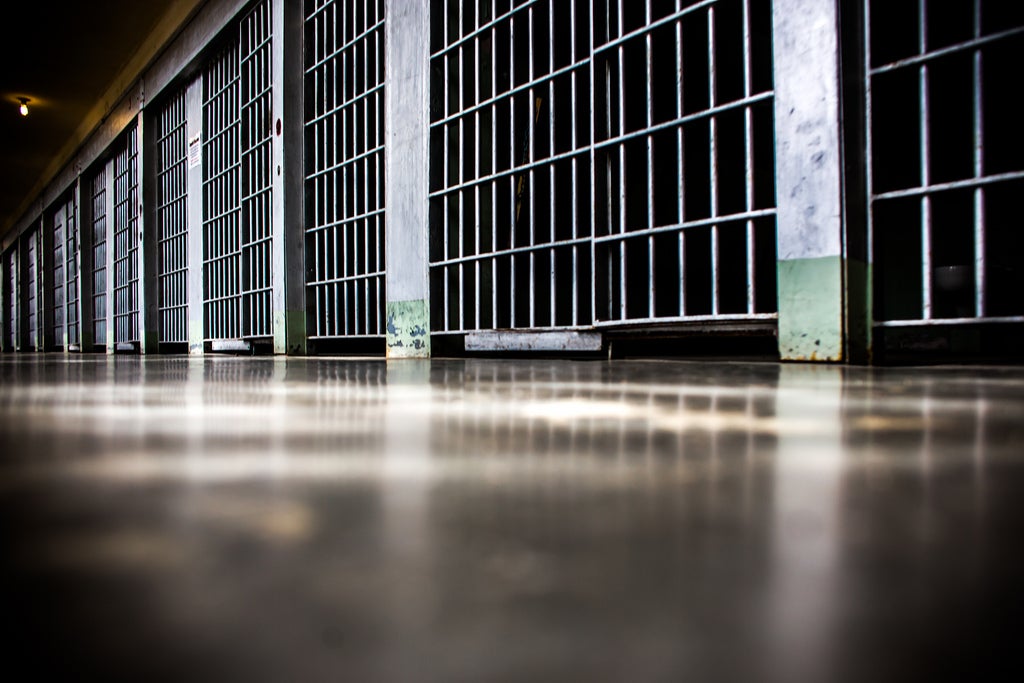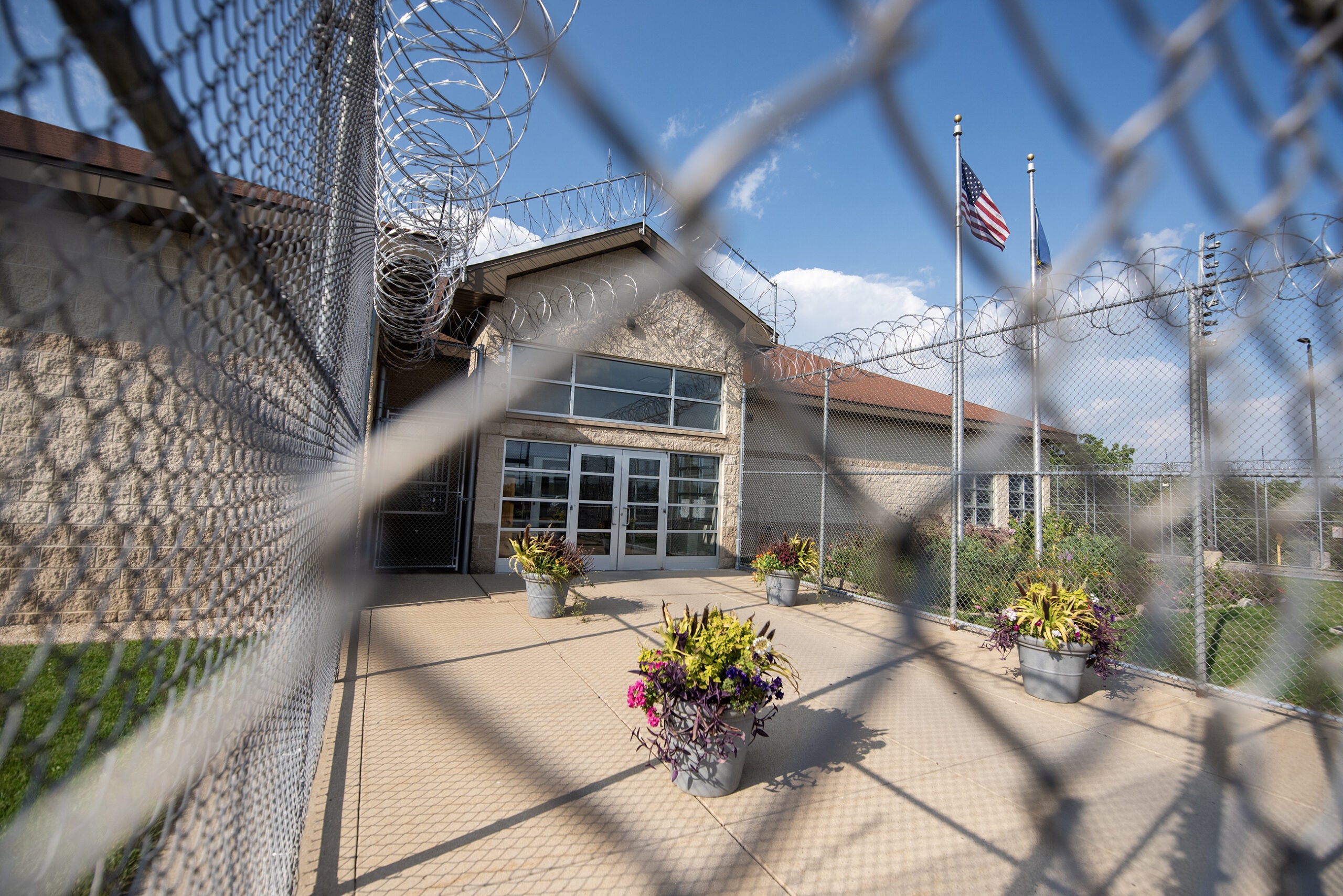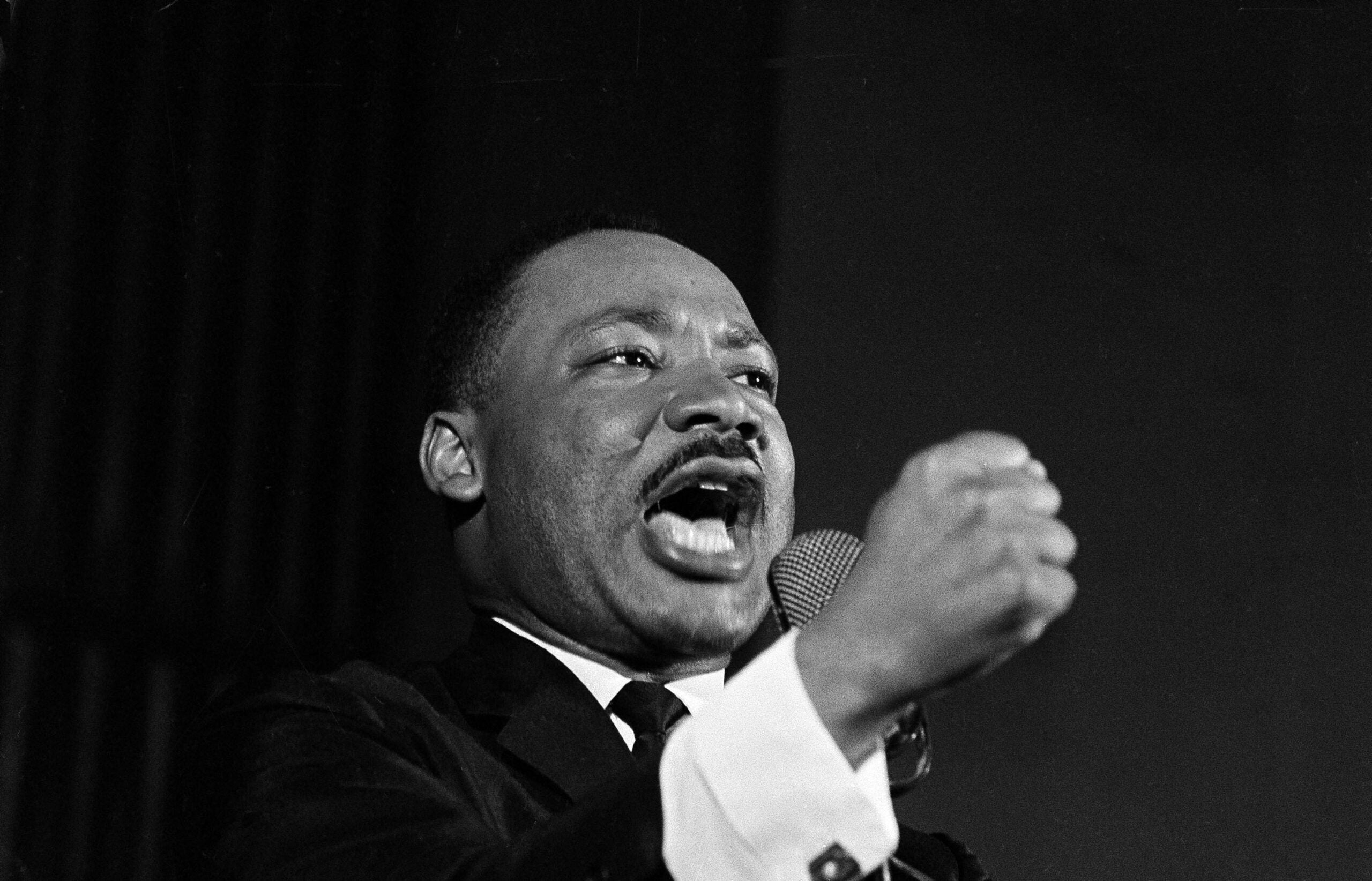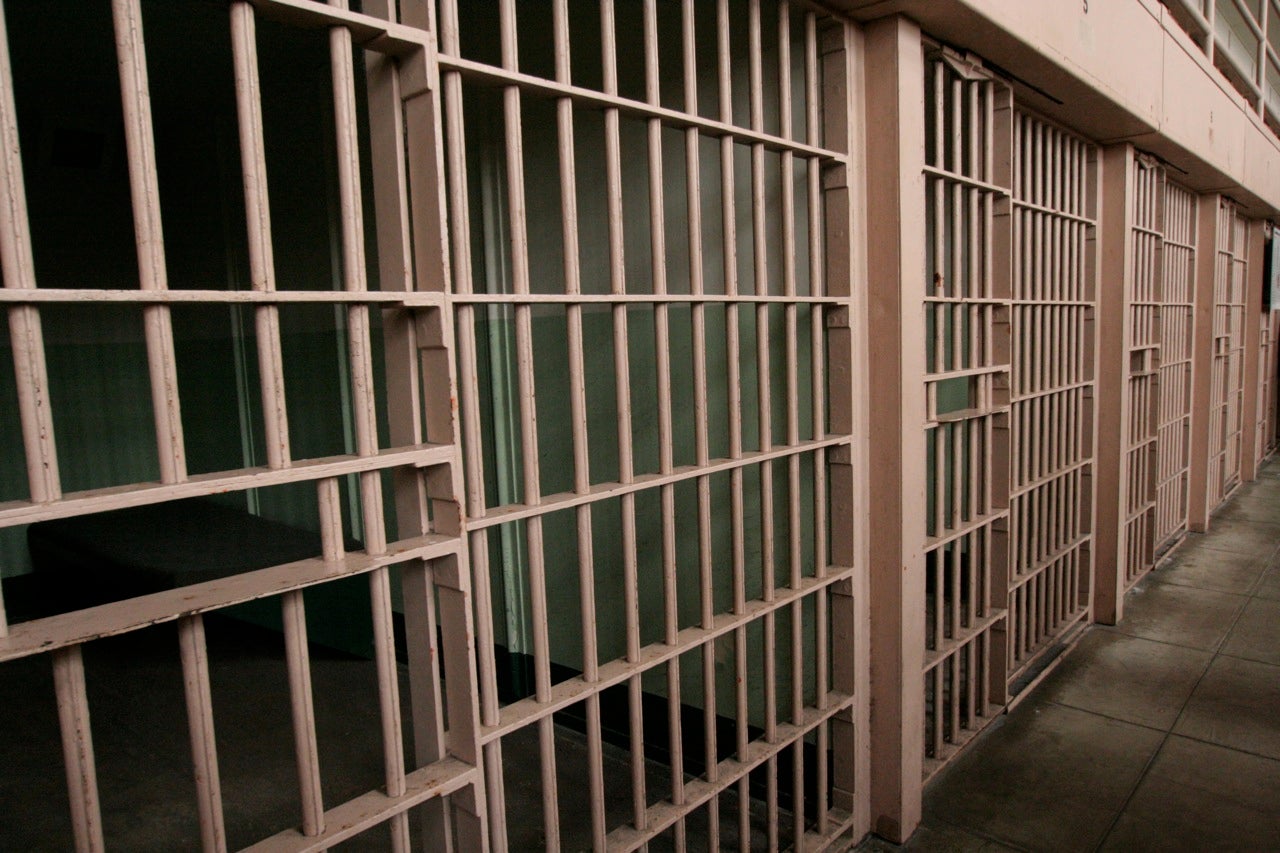Black males are incarcerated at 14 times the rate of white males in Wisconsin, according to a new study from researchers at the University of Wisconsin-Madison published in the journal Demography.
That gap has narrowed significantly in a generation, the report said. According to the study, Black men were incarcerated at almost 20 times the rate of white men in 1999.
Still, Wisconsin continues to have the largest disparity between Black and white male incarceration of any state.
Stay informed on the latest news
Sign up for WPR’s email newsletter.
The study also estimates the risk of incarceration for Black men nationwide has been cut nearly in half in that same time frame. A 2003 report concluded about 1 in 3 Black men born in 2001 would go to prison at some point in their lives. This study estimates the same group, based on more recent data, now has just over an 18 percent chance of being incarcerated, or just under 1 in 5.
Between 1999 and 2019, white male incarceration in Wisconsin declined by 2 percent.
Jason Robey, a criminal justice professor at SUNY-Albany who worked on the study as a graduate student at UW-Madison, said despite the improvements, the risk is still high for Black men.
“There have been some declines in these disparities, but there’s still very high disparities, right?” Robey said. “Reducing the risk of incarceration in somebody’s life from 1 in 3 to 1 in 5 is progress. But 1 in 5 is still a very high risk of going to prison in your life.”
Mike Wessler, communications director for the Prison Policy Initiative, said the racial disparities in the criminal justice system continues to be “a national crisis.”
“It’s like if there was a house fire right now, the garage has been put out,” Wessler said. “It’s been extinguished, but the rest of the house is still on fire.”
Experts say the decrease can likely be attributed to a confluence of factors. Wessler said the way states handle drug offenses likely plays a role. Robey said youth crime is down from a generation ago.
The research also showed that more Black men are now graduating from college. In 2009, 17 percent of the 25-year-old Black men in the U.S. had gone to prison, while 12 percent had graduated from college. By 2019, that trend had reversed.
“Black men turning 25 in 2019 were more likely to graduate college with a bachelor’s degree than they were to have been incarcerated,” Robey said.
Jerome Dillard is the executive director of Ex-Incarcerated People Organizing, a statewide advocacy organization for currently and formerly incarcerated people. He said he knows many formerly incarcerated people who are also working to obtain college degrees. But he said more support is needed to obtain housing and jobs after being incarcerated in order to reduce recidivism.
“Myself being formerly incarcerated, I know that in Wisconsin, there’s no release valve as far as individuals being able to earn their way off of being in the criminal justice system,” Dillard said.
Both Dillard and Wessler pointed out that the number of people in city and county jails or under supervision is not reflected in the report. Those interactions with the criminal justice system also have a large impact on a person’s life and livelihood, they said.
“There has been some effort to divert people to intervention programs, things like drug courts and probation and parole programs that don’t result in people being behind bars, but they do still have devastating consequences on people’s lives and strap people with the daily threat of incarceration,” Wessler said.
Dillard said Wisconsin’s overall prison population has hovered around 20,000 over the past couple of decades, dipping only during the height of the pandemic.
The study shows that incarceration rates have dropped in every state and for every racial, ethnic and gender group except for white women since 2007.
According to the study, the incarceration rate for Black women decreased the most. In 1999, the nationwide incarceration rate for Black women was nearly nine times higher than for white women. By 2019, it was less than two times higher.
Michael Light is a UW-Madison sociology professor and co-author of the study.
“Those are still stark inequalities and still very high numbers,” he said in a statement accompanying the study’s release. “But it’s important to note that, across the country, this is not getting worse. It hasn’t plateaued. It’s getting better.”
Wisconsin Public Radio, © Copyright 2025, Board of Regents of the University of Wisconsin System and Wisconsin Educational Communications Board.





